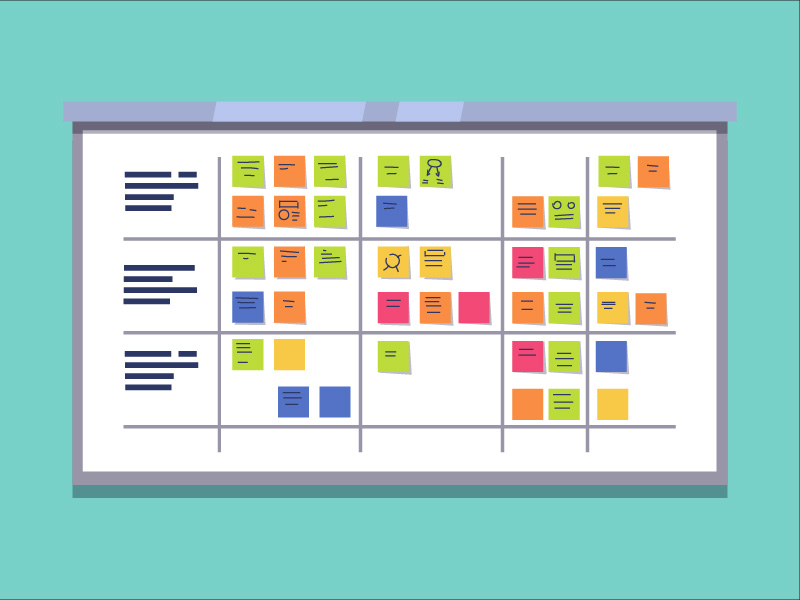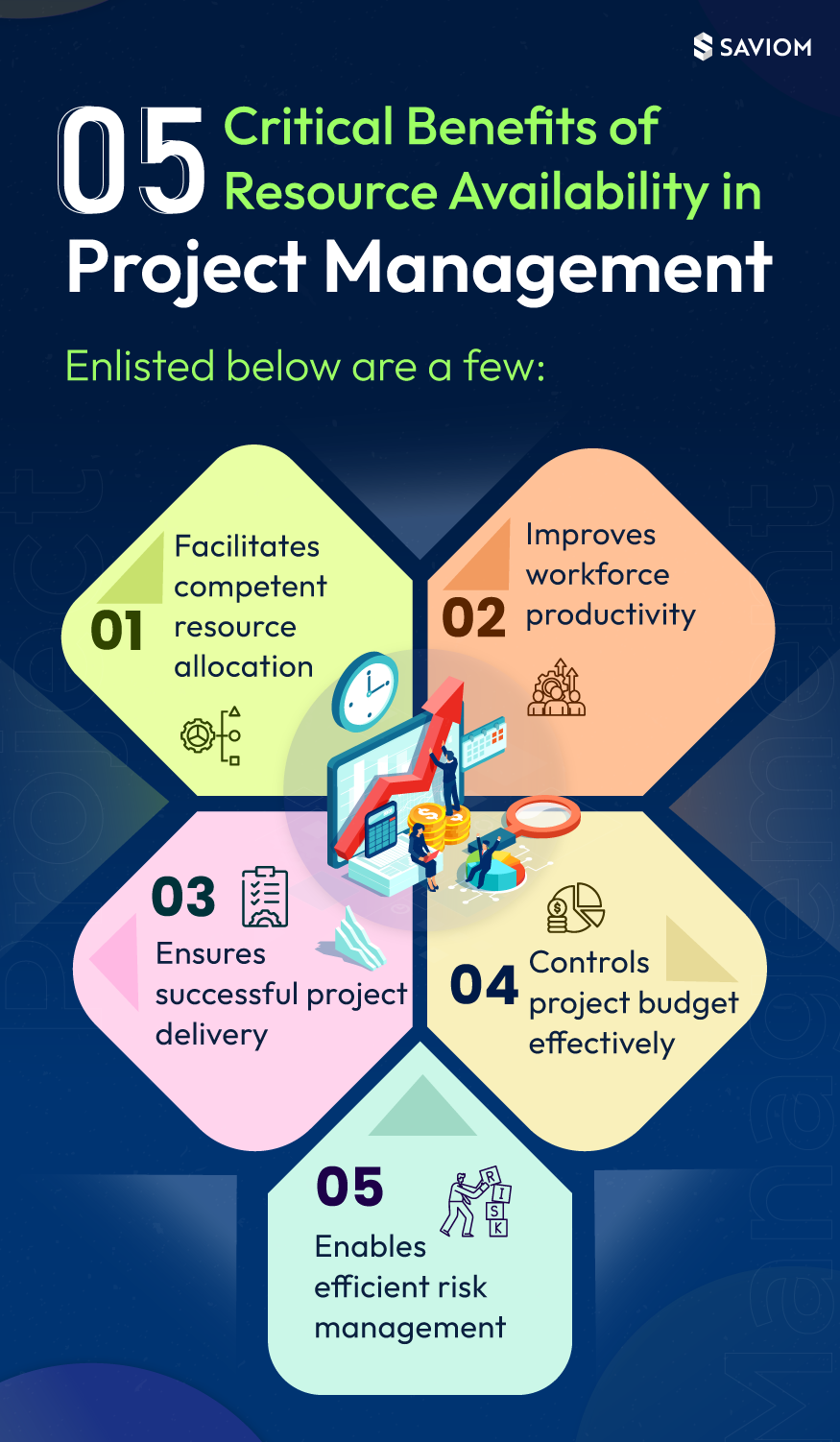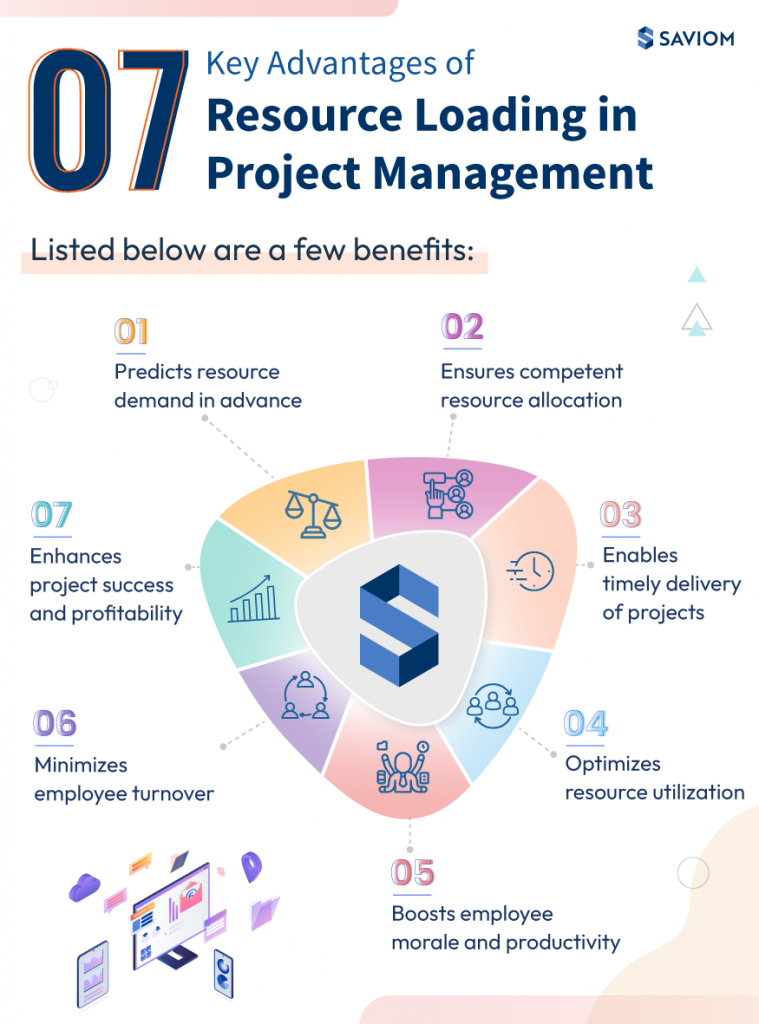“The only constant is change” –Heraclitus.
Whilst this is easier said than done, businesses today are aware of the need to have a contingency plan in place to keep up with constantly evolving requirements. The need to optimise process efficiency paved the way for Agile project management. Traditionally, the Waterfall approach to project management was considered safe as it was a step-by-step process that many found easy to understand and implement.
This article weighs in on both approaches to help you decide how to align the right process to your organisation’s vision.
What is Agile?
Agile arose in the early 90’s as a strategy to reduce the risk of project failures.The sequential flow of stages characteristic of traditional methods did not allow room for changes requested at a later date.
Put simply, agility offers teams the platform to adapt to changes on an ad hoc basis. This holds true particularly for IT and software oriented projects where any minor change introduced later in the project can affect product quality significantly and lead to budgeting and scheduling conflicts.
Previously, comprehensive documentation provided the entire scope in the beginning itself, giving teams the confidence to commence work immediately. Agile, however, is a better fit for a volatile environment.
Advantages of Agility
Agility helps businesses engage with their clients and keep them abreast of project progress at every stage. Involving customers more closely results in higher levels of satisfaction; as they get to see feedback translated into tangible outcomes. Breaking a project down to sizeable chunks makes it easier for teams to prioritise tasks based on business value. Agile teams create a product backlog reflecting the work carried out. Explanations accompanying product backlogs take the form of interactive user stories that are markedly concise and regularly updated.

Interactive storyboard engaging agile users
Disadvantages of Agility
Of course, not all that glitters is gold. Convincing stakeholders to consider a different approach, that too one that is not documentation-centric can raise a few eyebrows.
The unpredictable pattern of ad hoc requirements can cause commitment levels to waver down the line, which causes stakeholders to question the need to catch their resources off guard with a new framework. Knowledge transfers can be impeded when resources feel displaced from a previously comfortable environment.
Further, some resources may feel pressured or fear burnouts from working in a timeboxed event; especially when their skills and time are required to be lent to multiple projects running at the same time.
Agility would not suit projects related to construction and infrastructure, as these rely on a well mapped route that focuses on sticking to budget and delivery.
The Waterfall Model
Waterfall project management is a linear model with a definite timeline. Stages flow in a sequential order which works best when all requirements are presented beforehand with no foreseeable changes or rework required.
The project is initiated with an analysis stage that captures all requirements from the client beforehand to determine project feasibility. This procured data is fed into the design stage, which specifies the resources and technology to be used. Next comes the implementation stage where the project plan is executed and tested to check if the product has all desired functionalities that work well when put together.The final phase involves maintaining and scheduling update releases to fix any issues that may arise after deployment.
Advantages of Waterfall
In a nutshell; consistency. Waterfall projects are methodical and thoroughly documented. Milestones achieved are clearly outlined which makes it easier to track project progress.The adherence to discipline makes life easier for resources when they know that every requirement has already been handed and that errors (if any), can be corrected at the design stage itself before proceeding to the testing stage. This ensures client expectations are met without the risk of delay in delivering the final product.

Traditional Project Management
Disadvantages of Waterfall
Waterfall relies on the assumption that clients always know what they want and that the requirements will remain fixed from the beginning. Therefore, should any changes arise, they would have to be included in the requirements analysis stage itself in order to factor in every scenario. Changes can affect the product build and ultimately still fail to meet the client’s expectations. This would in turn cause resources to feel that their efforts and time have been wasted in creating something that neither addresses the problem nor satisfies the customer.
Choosing the right fit
The move from a documentation-heavy process to a storyboard/card isn’t a decision to be taken lightly. The scale and magnitude of projects, complexity and skills set of resources all have to be evaluated. Inviting everyone to participate and engage actively in team collaborations, reviewing past project portfolios and identifying skills gap are measures that’ll have to be carried out before deciding on the road ahead.
Never worry again about losing track of your resources as you grow. Let us know which methodology worked for you, in the comments below!








